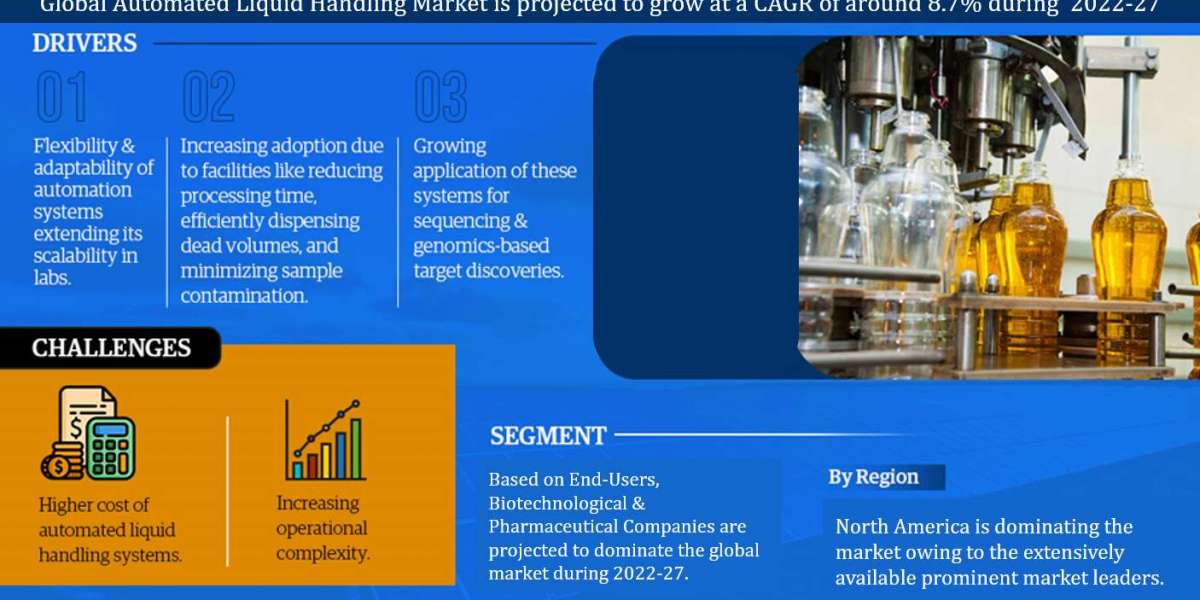Understanding HACCP Certification: A Comprehensive Guide
Introduction
Hazard Analysis and Critical Control Points (HACCP) is a systematic approach to food safety that identifies, evaluates, and controls hazards which are significant for food safety. Originally developed by NASA in the 1960s to ensure the safety of food for astronauts, HACCP has since become a cornerstone of food safety management worldwide. This certification is recognized globally as a rigorous and effective system for reducing the risk of foodborne illnesses. Achieving HACCP certification demonstrates a company's commitment to producing safe food products, enhancing consumer trust and marketability. In this article, we will explore the intricacies of HACCP certification, including its principles, implementation process, benefits, and challenges.
Principles of HACCP
The HACCP system is built on seven core principles designed to ensure food safety from production to consumption. The first principle is to conduct a hazard analysis, where potential hazards are identified and evaluated. This includes biological, chemical, and physical hazards that could cause food to be unsafe. The second principle is to determine the critical control points (CCPs), which are stages in the process where control can be applied to prevent or eliminate a food safety hazard.
The third principle involves establishing critical limits for each CCP. These limits are the maximum or minimum values to which a biological, chemical, or physical parameter must be controlled to prevent a hazard. The fourth principle is to establish monitoring procedures to ensure that the CCPs are under control. Monitoring can include visual observations or measurements and should provide accurate and timely information.
The fifth principle requires the establishment of corrective actions. If monitoring indicates that a CCP is not under control, corrective actions must be taken to bring the process back into control. The sixth principle involves establishing verification procedures to confirm that the HACCP system is working effectively. This can include activities such as reviewing records and testing end products. Finally, the seventh principle is to establish record-keeping and documentation procedures. Accurate records demonstrate that the HACCP system is working correctly and can be used for verification and auditing purposes.
Implementation Process of HACCP
Implementing HACCP in a food production facility is a multi-step process that requires commitment and cooperation from all levels of the organization. The first step is to assemble a HACCP team that includes individuals with specific knowledge and expertise about the product and process. This team is responsible for developing, implementing, and maintaining the HACCP plan.
The next step is to describe the product and its intended use. This involves creating a detailed product description, including ingredients, processing methods, packaging, storage, and distribution. Understanding the product and its use helps in identifying potential hazards. Following this, the team must construct a process flow diagram that outlines each step of the production process. This visual representation helps in identifying where hazards can occur.
Once the process flow diagram is complete, the team conducts a hazard analysis for each step in the process. This involves identifying potential hazards and determining which are significant enough to require control. The team then identifies the CCPs, establishes critical limits, and sets up monitoring and corrective actions. Training is an essential part of the implementation process. All employees involved in food production must be trained in HACCP principles and their specific roles within the system. This ensures that everyone understands the importance of food safety and how to maintain it.
Benefits of HACCP Certification
Achieving HACCP certification offers numerous benefits to food businesses. One of the most significant advantages is improved food safety. By systematically identifying and controlling potential hazards, companies can significantly reduce the risk of foodborne illnesses. This not only protects consumers but also reduces the risk of costly recalls and legal issues. HACCP certification also enhances a company's reputation. In an industry where consumer trust is paramount, demonstrating a commitment to food safety can differentiate a business from its competitors. Certified companies often find it easier to enter new markets and attract new customers, as many retailers and food service providers require suppliers to have HACCP certification.
Operational efficiency is another key benefit. The structured approach of HACCP encourages thorough documentation and continuous improvement, leading to more efficient processes and reduced waste. By identifying potential hazards early, companies can prevent problems before they occur, saving time and resources. Additionally, HACCP certification can improve regulatory compliance. Many countries have incorporated HACCP principles into their food safety regulations, making certification a valuable asset for meeting legal requirements. This can simplify inspections and audits, as companies with HACCP certification are often viewed more favorably by regulatory agencies.
Challenges in Achieving HACCP Certification
While the benefits of HACCP certification are clear, the path to achieving it can be challenging. One of the primary obstacles is the need for comprehensive training and education. Implementing an effective HACCP system requires a deep understanding of food safety principles, which means investing in training for employees at all levels. This can be time-consuming and costly, particularly for smaller businesses.
Another challenge is the need for thorough documentation. Maintaining detailed records of every aspect of the production process is essential for HACCP compliance but can be burdensome. Companies must ensure that their record-keeping systems are robust and that staff are diligent in their documentation efforts. The initial setup of a HACCP system can also be resource-intensive. Developing a HACCP plan requires significant time and effort from the HACCP team, including conducting a detailed hazard analysis and establishing critical control points. This can be a substantial investment, particularly for companies with complex production processes.
Ongoing maintenance of the HACCP system is another challenge. Regular monitoring, verification, and updates to the HACCP plan are essential to ensure continued compliance. This requires a commitment to continuous improvement and can strain resources if not managed effectively. Despite these challenges, the long-term benefits of HACCP certification make it a worthwhile investment for food businesses committed to safety and quality.
Conclusion
HACCP certification is a powerful tool for ensuring food safety and enhancing business reputation. By following the seven principles of HACCP and committing to a thorough implementation process, companies can significantly reduce the risk of foodborne illnesses, improve operational efficiency, and comply with regulatory requirements. While achieving and maintaining HACCP certification can be challenging, the benefits far outweigh the obstacles. Ultimately, HACCP certification is a testament to a company's dedication to producing safe, high-quality food products and protecting consumer health.








